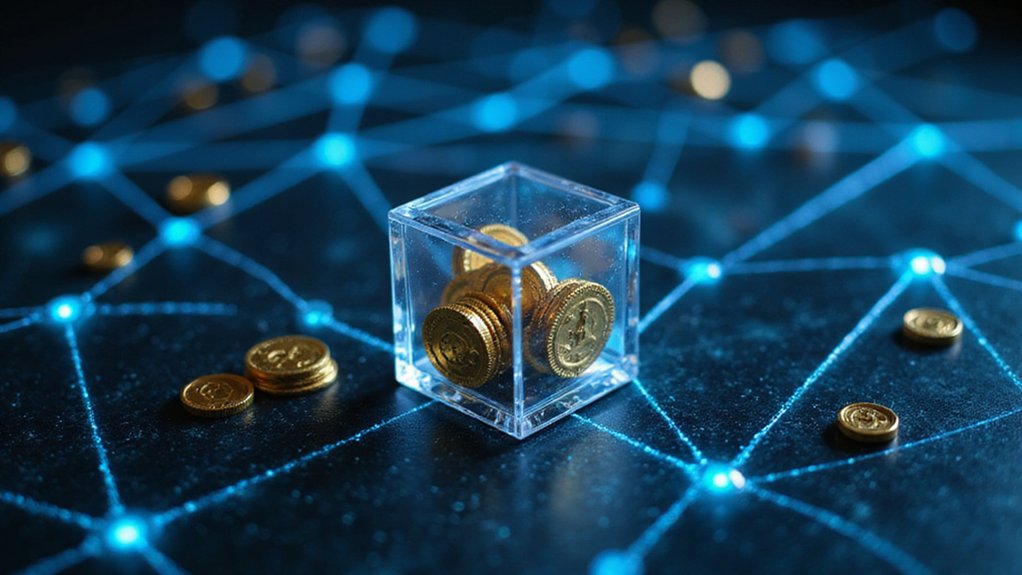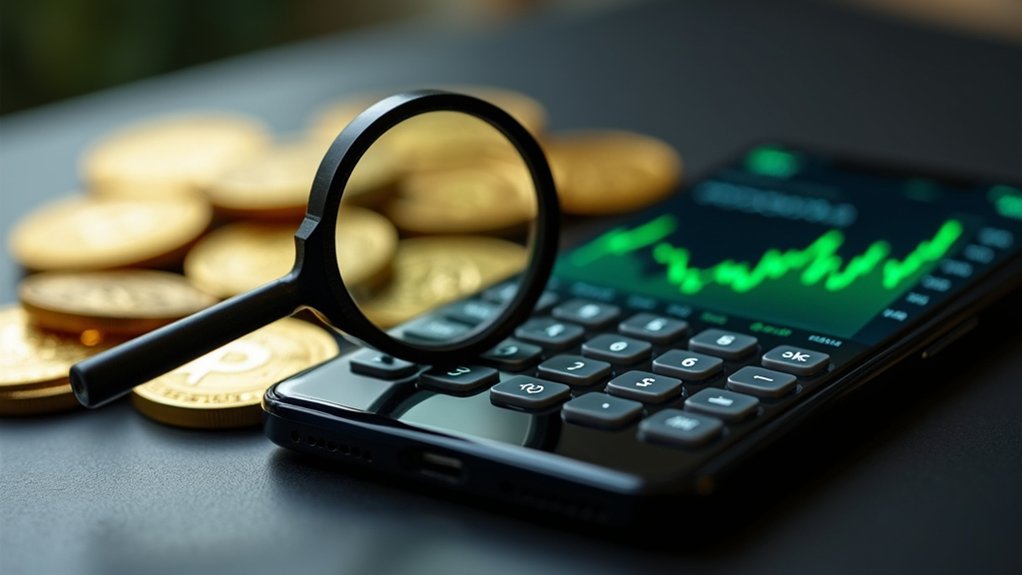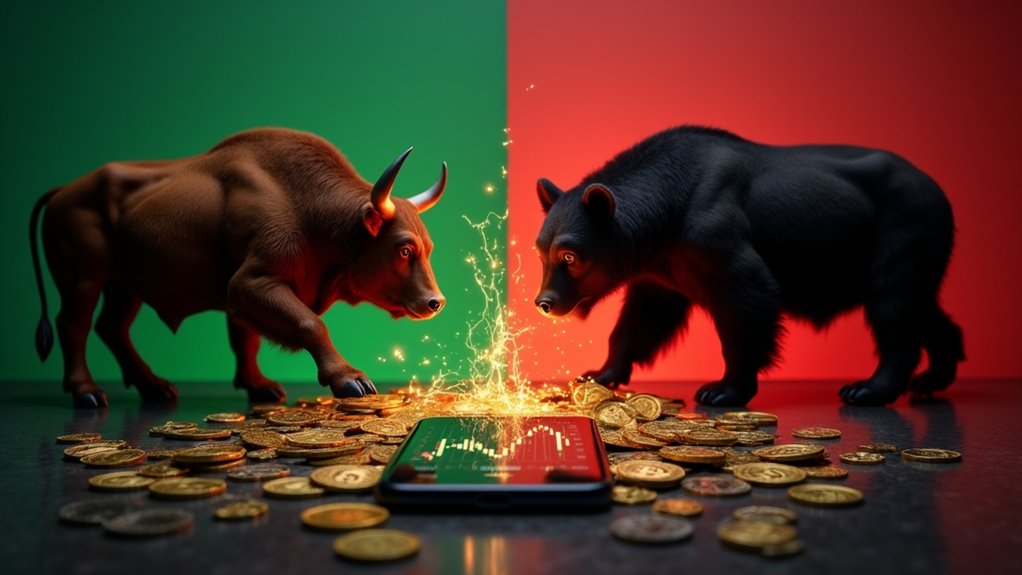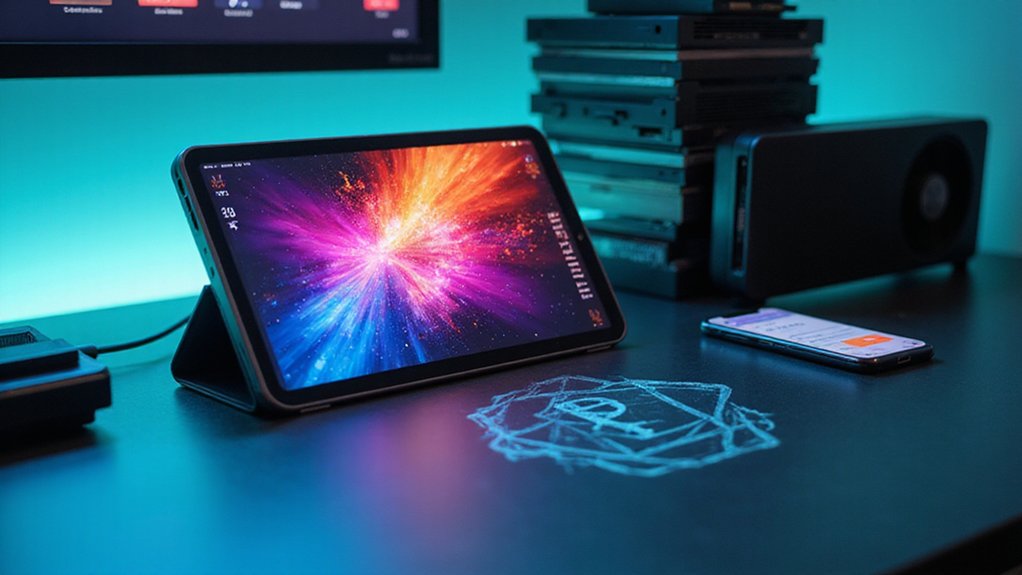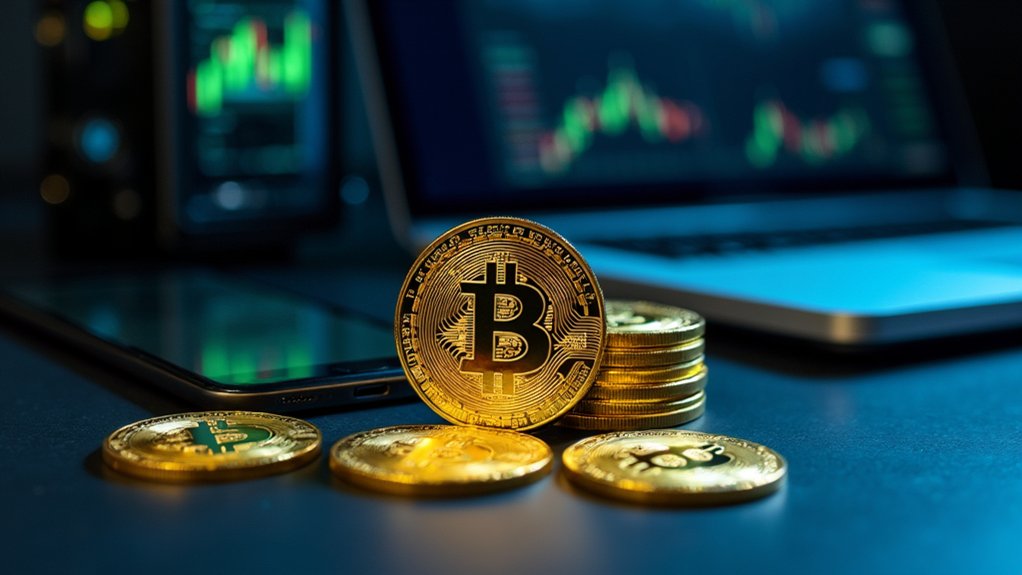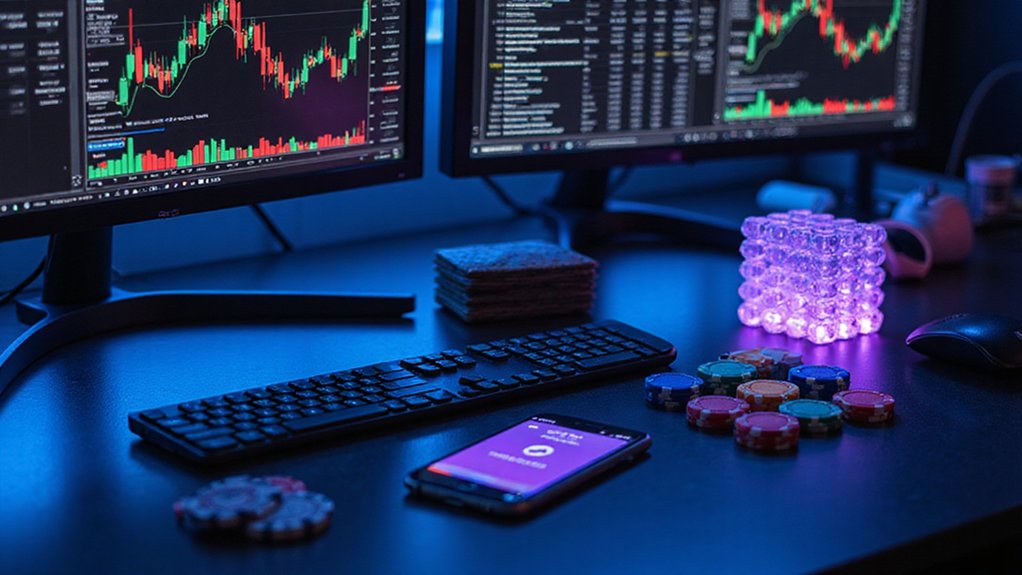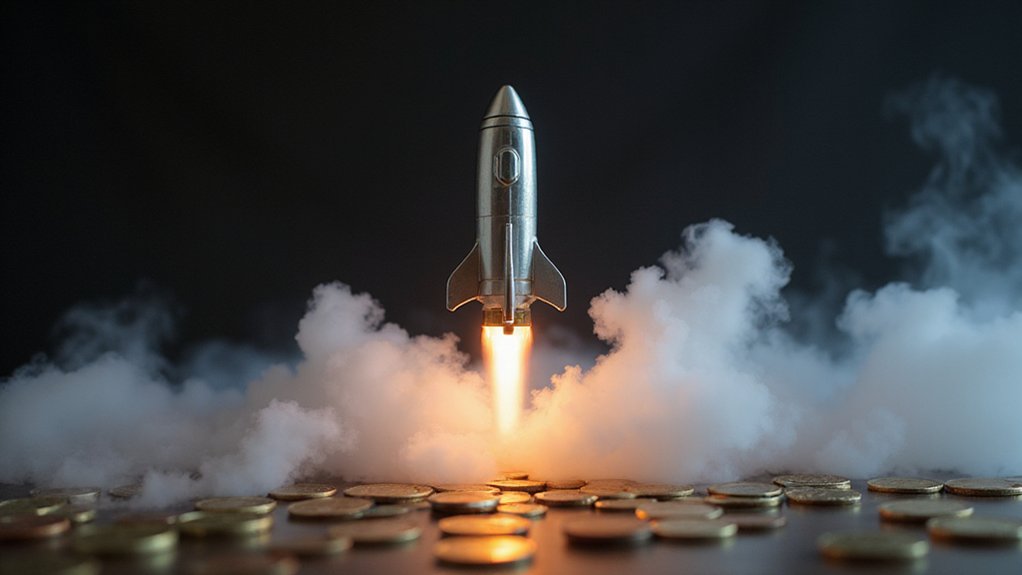A DAO (Decentralized Autonomous Organization) reimagines organizational structure through blockchain technology, replacing traditional hierarchies with code-enforced governance. These entities operate via smart contracts—self-executing code that automates organizational rules without human intermediaries. Members influence decisions through token-weighted voting, creating a system where economic stake translates to governance power. DAOs offer unprecedented transparency, recording all treasury movements and decisions on-chain, though security vulnerabilities remain a persistent challenge. The experiment continues to unfold at the intersection of algorithmic governance and human coordination.
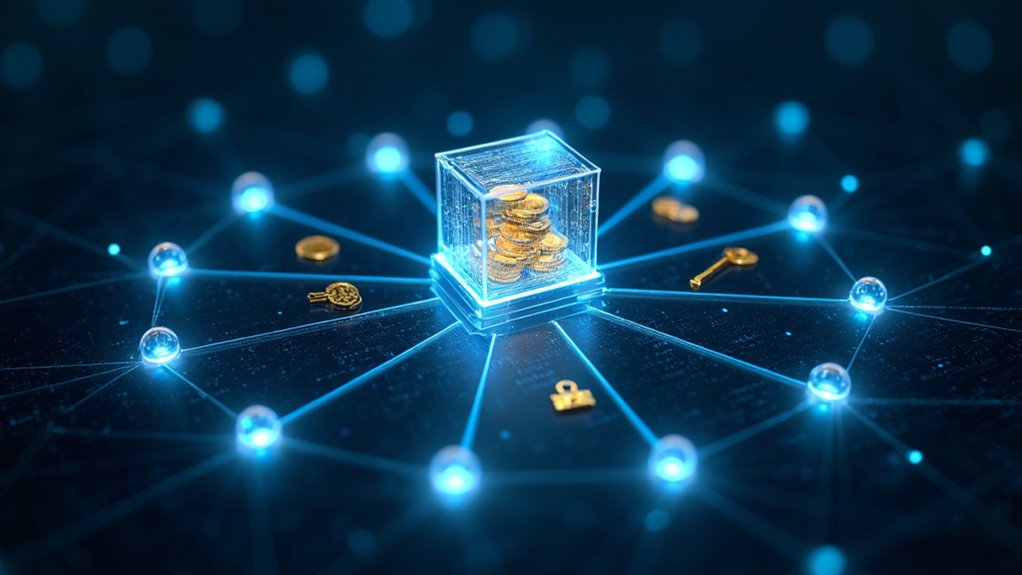
A Decentralized Autonomous Organization—commonly abbreviated as DAO—represents one of blockchain technology‘s most ambitious governance experiments, offering a radical reimagining of organizational structure that would have seemed purely theoretical just a decade ago.
Unlike traditional hierarchies with centralized leadership, DAOs operate entirely on blockchain technology, distributing decision-making authority across their membership rather than consolidating it at the executive level.
The core innovation lies in their use of smart contracts—self-executing code that automatically enforces predefined rules without human intervention—essentially embedding organizational bylaws directly into immutable digital infrastructure.
Smart contracts transform organizational rules from malleable policies into immutable digital code—bylaws cast in blockchain’s permanent ledger.
Governance in these blockchain-native entities operates through token-weighted voting mechanisms, where members (typically token holders) cast votes proportional to their holdings on proposals that shape organizational direction.
This creates a peculiar alignment of economic incentives; those with the most “skin in the game” wield corresponding influence, though whether this represents true democratization or merely transforms traditional power dynamics into tokenized form remains an open question.
Once approved, proposals execute automatically via smart contracts, with all voting results and subsequent actions permanently recorded on-chain for anyone to audit.
The technological foundation of DAOs—permissionless blockchains and open-source code—enables unprecedented transparency, allowing interested parties to scrutinize everything from treasury allocation to governance participation.
Yet this same transparency, coupled with the irreversible nature of blockchain transactions, creates unique security challenges; vulnerabilities in smart contract code can lead to catastrophic exploits without traditional legal recourse (a reality many DAOs have learned through costly experience).
As these organizations navigate uncertain regulatory waters—with recognition as legal entities varying dramatically across jurisdictions—they continue finding application in governing DeFi protocols, managing community treasuries, and coordinating decentralized projects.
Wyoming became the first U.S. state to formally recognize DAOs as legal entities in July 2021, creating a potential pathway for these organizations to operate within existing legal frameworks.
Whether DAOs ultimately represent a fundamental evolution in organizational design or merely a niche application of blockchain technology depends largely on their ability to resolve the tension between algorithmic governance and the inherently messy reality of human coordination.
DAOs employ a bottom-up management approach where collective decision-making replaces traditional top-down authority structures, fundamentally transforming how organizations can function in the digital age.
Smart contracts powering DAOs typically follow conditional logic that triggers actions only when specific predefined conditions are met, eliminating intermediaries in organizational processes.
Frequently Asked Questions
How Do DAOS Handle Legal Compliance Across Different Jurisdictions?
DAOs navigate the regulatory labyrinth through legal wrappers—LLCs, foundations, or specialized structures like RAK’s DAO Association.
These entities provide jurisdictional anchoring for otherwise borderless organizations.
The more sophisticated DAOs implement multi-jurisdictional compliance frameworks, integrating on-chain governance with traditional corporate structures.
Token-holder voting mechanisms must, somewhat ironically, conform to traditional governance requirements in relevant jurisdictions.
As regulatory frameworks evolve (Wyoming and Vermont leading this particular charge), DAOs increasingly balance decentralized operations with localized legal requirements.
What Security Risks Do DAOS Face Compared to Traditional Organizations?
DAOs face unique security challenges beyond those afflicting traditional organizations.
Smart contract vulnerabilities, plutocratic governance risks, and blockchain-specific attack vectors create distinctive threat profiles for these digital entities.
While both organizational structures contend with data breaches and insider threats, DAOs lack the established cybersecurity infrastructure that traditional companies have developed over decades.
The regulatory ambiguity surrounding DAOs further complicates their security posture—a predicament that conventional organizations, operating within clearer legal frameworks, largely avoid.
Can DAOS Interact With Traditional Financial Systems Effectively?
DAOs can interact with traditional financial systems, albeit with significant friction points.
While smart contracts offer automation advantages and blockchain provides auditability, regulatory uncertainty and structural incompatibilities create substantial barriers.
Banking systems’ reliance on identifiable participants collides with DAOs‘ pseudonymous nature, creating compliance headaches that would make Kafka wince.
Emerging hybrid models—combining decentralized governance with regulatory compliance—show promise, though the marriage of these philosophically opposed systems requires overcoming considerable technical and operational hurdles.
How Do DAOS Resolve Disputes Among Members?
DAOs resolve disputes through a multilayered approach that blends technology with governance.
Smart contracts automate basic conflict resolution, while on-chain voting mechanisms (implemented through platforms like Snapshot) enable collective decision-making when ambiguity arises.
For more complex disagreements, DAOs employ oracle networks, decentralized arbitration systems, or occasionally, off-chain mediation.
The efficiency of these mechanisms—combining code-based automation with human judgment—represents one of the more elegant innovations in organizational governance, though regulatory frameworks remain nascent.
What Skills Are Valuable for Working With or Contributing to DAOS?
Individuals seeking to contribute meaningfully to DAOs should possess a blend of technical proficiency and soft skills.
Technical expertise in blockchain technology, smart contract development, and Web3 ecosystems forms the foundation, while governance acumen—understanding decentralized decision-making processes and voting mechanisms—remains equally essential.
Communication prowess, autonomy, and collaboration capabilities round out the toolkit.
Those who combine these competencies with security knowledge and community-building talents will find themselves particularly well-positioned in this evolving landscape (where, ironically, “decentralized” work often demands intensely coordinated effort).
